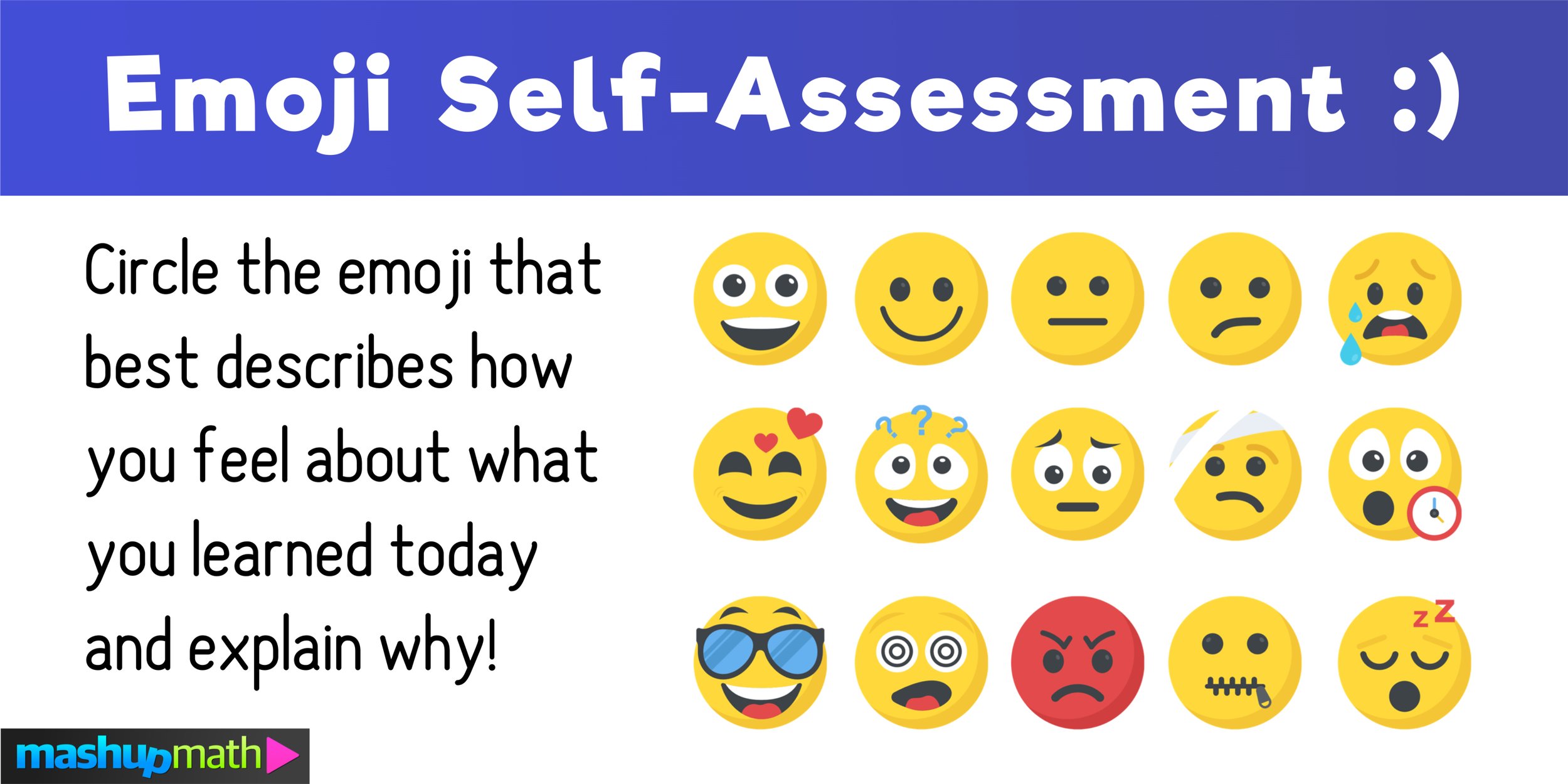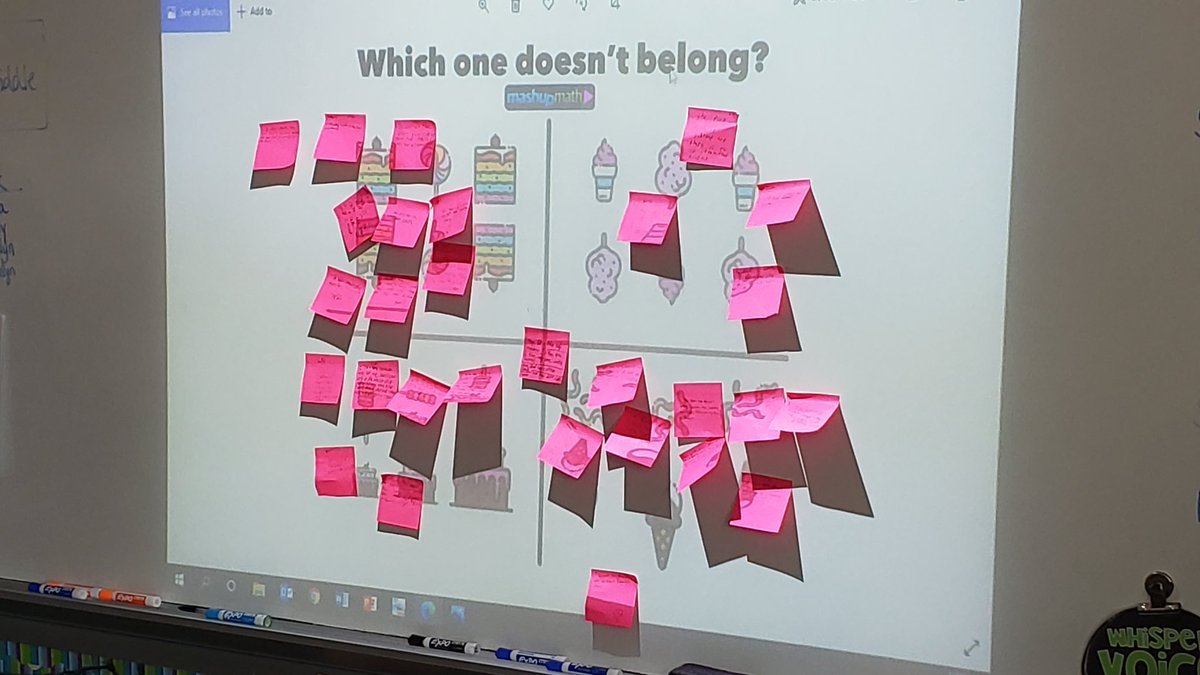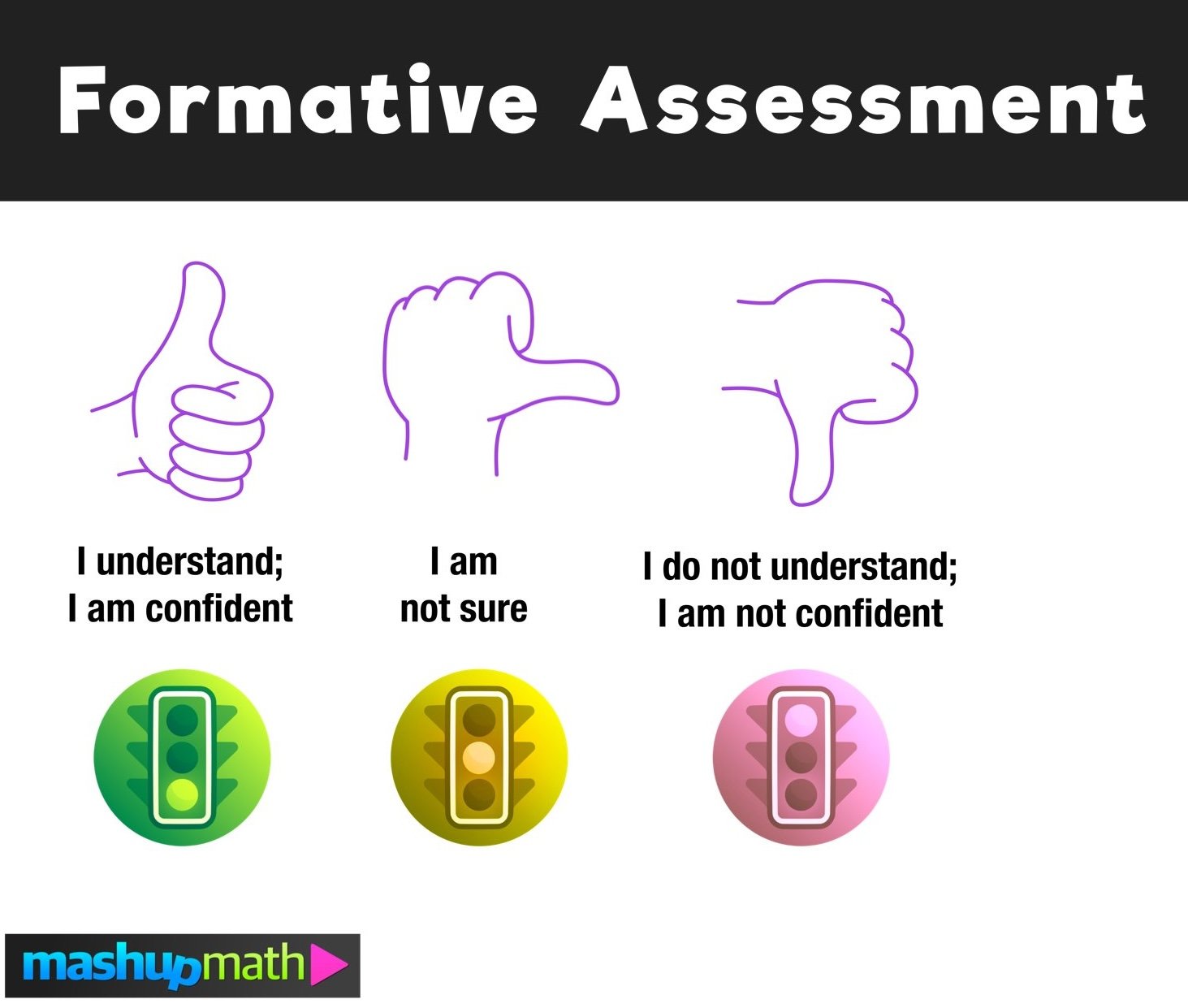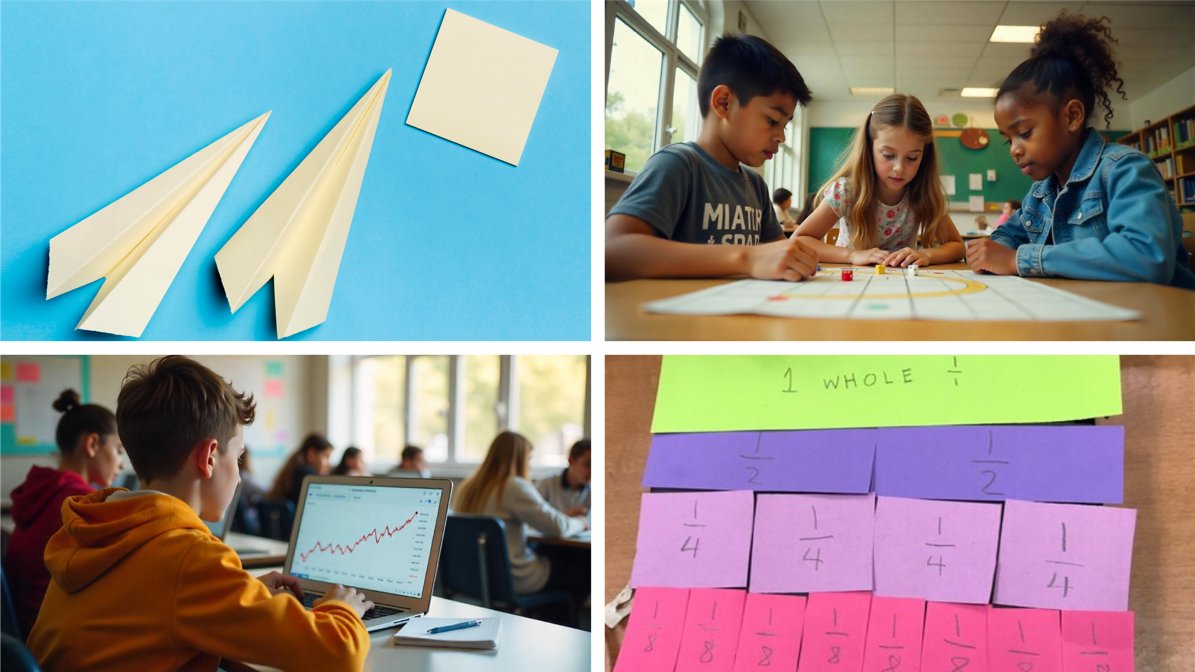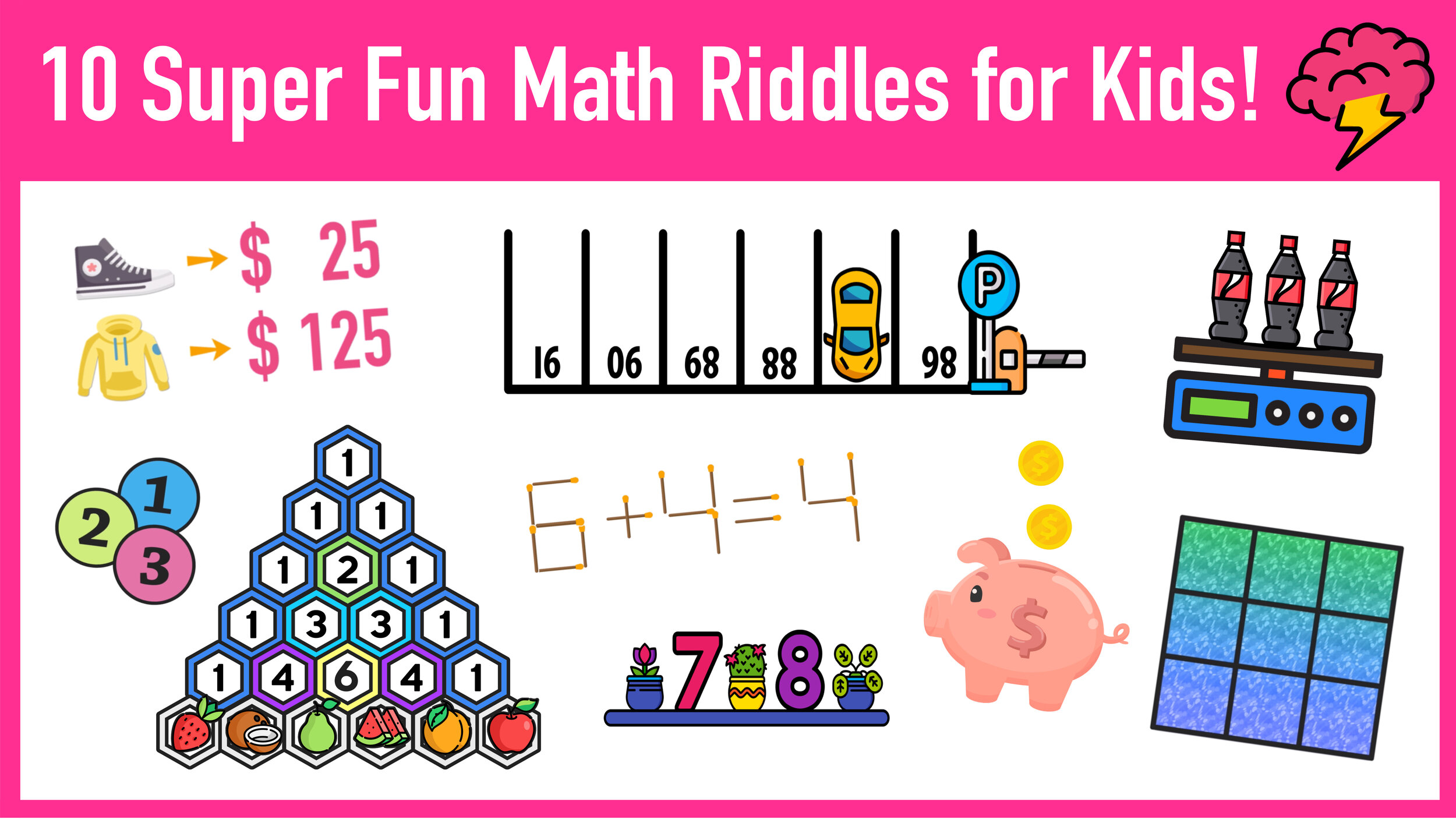10 Formative Assessment Examples That Work
What are effective examples of formative assessments and how do they help teachers to gauge student learning?
If teaching your students is a journey, then formative assessments are the trail markers that keep your lessons on the right path.
Teachers use formative assessments to gauge student understanding throughout the learning process. Unlike summative assessments (like midterm exams and final projects), the input from formative assessments empowers teachers to modify instruction early in the learning process so students can have a personalized learning experience that meets their individual and collective needs.
Formative assessments also have the potential to let students take ownership of their learning by helping them identify their strengths and weaknesses. The act of self-assessment allows a student to evaluate whether or not her effort is sufficient and to make adjustments accordingly.
The most common examples of formative assessments are the simple acts of asking questions and using responses to measure whether or not students are grasping the content.
For example, asking your class does that make sense? after explaining a concept is an example of a formative assessment. If the responses reflect a strong understanding, then you can take the material to a more challenging level. If the responses reflect a lack of understanding, you can backtrack and review.
While questioning is a useful strategy, it often falls short of reaching the unique needs of a diverse group of learners, which is why teachers can benefit from differentiating the way they formatively assess their students.
However, not all formative assessments are effective at helping teachers to assess their students’ learning at any given point in time or at helping students to self-assess, identify how well they understand a topic, and know when to ask for help.
If you are looking for examples of formative assessments that actually work, then you’re in the right place. Below is a list of Formative Assessment Examples that you can share with students of any grade level to formatively assess a diverse group of learners in a way that is inclusive, engaging, and empowering.
10 Formative Assessment Examples
Formative Assessment Examples #1: Mini-White Boards
Formative Assessments Examples: Having students solve problems or answer questions and display their results on a mini-white board is a great way to instantly gauge understanding.
Formative assessment is used to gauge student understanding during the learning process. As a teacher, you need to be able to assess how well your students are grasping a topic or concept before deciding to move onto something more challenging or entirely new.
One of the best examples of formative assessments that are simple and easy to implement is the use of mini-whiteboards (or mini dry-erase boards) in your classroom. Students can write their responses to questions, and you can quickly walk around the room to see if your students are on the right track. Many teachers opt to ask a question, give students time to respond, and then have them hold up their dry-erase boards to instantly measure student understanding.
The instant visual feedback associated with these types of formative assessments will empower you to make changes to your lessons on the fly based on the needs of your students, which is why the use of mini-dry erase boards is one of the most popular formative assessment examples.
Formative Assessment Examples #2: Emoji Self-Assessment
Examples of Formative Assessment: Students can use this emoji activity to self-assess how they feel about their current state of learning.
A good collection of examples of formative assessment must include activities that give your students opportunities to self-assess and make conclusions about how well they understand a topic at a given point in time.
When students have opportunities to reflect and self-assess, they are more likely to give feedback and to ask questions when they need help.
One of the most effective formative assessment examples in this guide is the Emoji Self-Assessment activity, which not only gives students a chance to self-assess, but it also lets a teacher know when her students are feeling confident, frustrated, confused, anxious, bored, etc.
This valuable input will allow you to make adjustments and to best meet the diverse needs of your students on an individual, small-group, and whole-class basis. The Emoji Self-Assessment activity is best used as an exit ticket during the last few minutes of class so you can review the responses and make adjustments to your next lesson.
You can click here to download our free Emoji Self-Assessment PDF Worksheet :)
Formative Assessment Examples #3: Take a Poll (Digital)
Examples of Formative Assessments: Use polling software to instantly assess student understanding.
The next idea on our formative assessment examples list is digital polling (if you prefer non-digital examples, continue onto formative assessment examples #4 for a non-tech alternative).
However, if you work in a Bring Your Own Device (BYOD) school or if your students have access to digital devices in the classroom, then you can take advantage of free polling software that will allow you to ask questions and have students use a device like a smart phone, tablet, or laptop to submit their answers before seeing instant results.
This kind of input is imperative to effective data-driven instruction.
For example, take a look at the formative assessment examples below where Google Slides was used as a tool to poll student responses on two different questions (Situation A assessed understanding of prime numbers and Situation B assessed understanding of perfect cubes). Notice that, in Situation A, the majority of students answered correctly, which indicates that the class has a strong understanding of this topic, and that minimal review is needed. However, in Situation B, there is much more variety of responses and the majority of students answered incorrectly, which indicates that further review is needed.
Formative Assessment Examples: Instant feedback from polling helps teachers to decide when review is needed.
To get started using polling for formative assessment in your classroom, we recommend using Google Classroom. However, other free options include Survey Monkey, Poll Everywhere, and Kahoot.
Formative Assessment Examples #4: Take a Poll (Non-Digital)
Examples of Formative Assessments: Polling Using Post-It Notes
If your students do not have access to internet and/or digital devices in your classroom, you can still take advantage of polling and the instant feedback it provides by using post-it notes.
These examples of formative assessment require you to post a question on the board along with several choices and then give each student at least one post-it note to write their answer/response/reasoning on (you may choose to give students multiple post-it notes if the question allows for multiple responses).
Once students have completed their response, they will stick their post-it note on top of or near their respective choice. Once all of the responses have been posted, you will have a useful visual representation of student understanding that will help you to decide how to best meet the needs of your students moving forward.
While the post-it formative assessment activity can be used at any time during a lesson, we recommend using it as an exit ticket activity where students post their responses on the way out of the classroom. This way, students have more anonymity, and they will be less inclined to change their answer due to peer pressure.
Formative Assessment Examples #5: Venn Diagrams
Examples of Formative Assessments: Use Venn Diagrams to compare/contrast two or three topics or ideas.
When it comes to effective yet simple formative assessments examples, look no further than the Venn Diagram.
Venn Diagrams can be used to compare and contrast two or three topics or ideas related to whatever you are currently teaching. This formative assessment tool forces students to think deeply about topics and extend their understanding beyond basic knowledge of facts and definitions.
Additionally, formative assessment activities that are highly visual cater to students with a visual learning preference who typically struggle to express their understanding verbally or through traditional written responses.
By differentiating this way, students have the freedom to express their understanding without boundaries, and their responses are usually surprisingly creative!
Formative Assessment Examples #6: Create Your Own Questions
Formative Assessment Examples: Give students an answer and have them create their own question(s) related to the topic.
Looking for more formative assessment examples that give your students opportunities to be creative and gain a different perspective on whatever it is that they are currently learning?
The Create Your Own Questions formative assessment activity takes a Jeopardy-style approach to questions and answers where, like the host of Jeopardy, the teacher gives students the answer (or answers) and the students, like the contestants on Jeopardy, must respond with a question.
This type of formative assessment allows for higher-level thinking and creativity while simultaneously providing the teacher with valuable insights into how students are understanding and thinking about a given topic.
This formative assessment activity can be differentiated in many ways, and you can choose to have students provide only one question or three questions (easy, medium, and hard) as shown in the sample student response below.
Create Your Own Questions: Sample Response
Formative Assessment Examples #7: Exit Tweet
Formative Assessment Examples: Have students summarize what they have learned under the constraints of a 280 character-limit resembling a twitter post.
Examples of formative assessment that incorporate things that students are interested in—like social media—are great for boosting student interest and engagement.
For this activity, students are tasked with an exit ticket activity that requires them to summarize, in words, what they have learned under a 280-character similar to a twitter post (or tweet). The exit tweet activity forces your students to express the main ideas in a clear and concise matter.
The activity also forces students to carefully think about what they plan on writing before they even start because they must adhere to a character restriction that has real-world implications (since the same restrictions are placed on twitter posts).
You can click here to download our free Exit Tweet PDF Template (there are three exit tweets per page to help you save on paper; simply scissor-cut each page into three activities).
Formative Assessment Examples #8: ELI5
Examples of Formative Assessments: Have students explain their understanding of a topic as if they were teaching it to a 5-year-old. (Image: Mashup Math MJ)
If you’re not acquainted with popular internet slang and acronyms, then you probably don’t know that ELI5 actually means “explain it to me like I am a 5-year-old.”
By teaching others what they have already learned, students can organize their thinking, express their thoughts in words, and identify any gaps in their understanding. These benefits are why many teachers have their students work in groups and teach each other what they have already learned—because it works!
Using ELI5 as a formative assessment is simple. Give students a topic and have them describe the key concepts, ideas, and procedures—in writing—as if they were teaching it to a 5-year-old.
Formative Assessment Examples #9: Making Predictions
Examples of Formative Assessment: Gauge your students’ understanding of how topics are related by having them predict what they will be learning next.
Another important activity type on our formative assessment examples list is assessing how well your students understand how different topics are connected to each other and what direction their learning is going in.
One great way to gain insights into how students perceive the direction of their learning is to have them make predictions about what they will be learning next and explaining why they feel that way.
For the predictions formative assessment activity, simply have students express in writing what they think they will be learning next (based on what they have already previously learned) and explain why. You will likely be surprised by the depth of student responses, which will help you to give your students a more coherent and interconnected learning experience.
Formative Assessment Examples #10: Thumbs Up / Thumbs Down
Formative Assessment Examples: The classic thumbs up/down activity is a great way to instantly gauge student understanding and how to proceed with your instruction.
The final formative assessment idea on this list is the classic thumbs up/down activity. This type of formative assessment requires the teacher to ask a question such as:
Does that make sense to everyone?
How do we feel about that last example?
Are we ready to move onto a more challenging problem?
Then, students are instructed to respond non-verbally by raising one hand showing a thumbs-up, thumbs-down, or thumbs-sideways, each of which represent the following:
Thumbs Up: I understand, I am confident, Yes
Thumbs Down: I do not understand, I am not confident, No
Thumbs Sideways: I am not sure, I partially understand, I am a little confused
While this may be the simplest of formative assessment examples on this list, the practice is incredibly effective as it gives you an immediate idea of how your students are feeling and whether or not you should take your lesson to the next level or backtrack and review before moving on—which is precisely what good formative assessment activities are supposed to do.
Want more free sample K-8 math worksheets and puzzles in your inbox every week? 💁♀️
Click here to sign-up for our free K-8 math email newsletter




